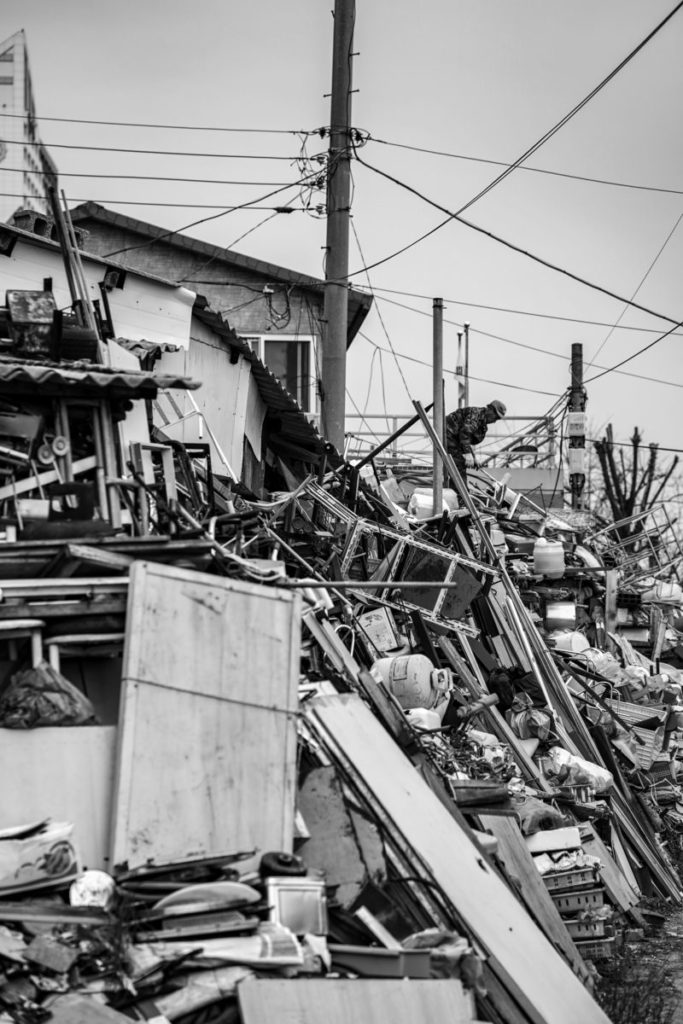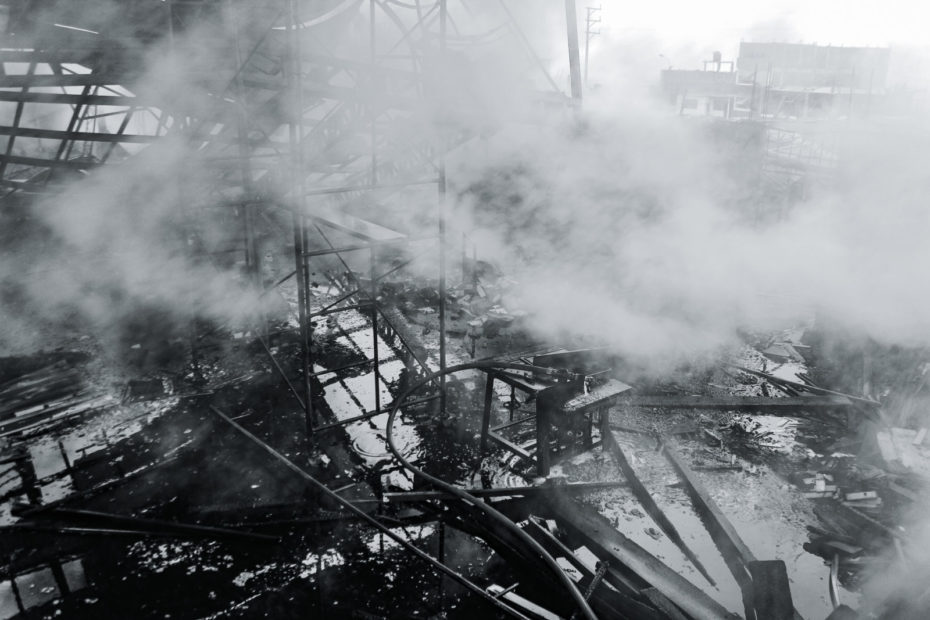Table of Contents
The protection of the earthquake is reduced to three basic steps:
- Drop to the ground
- Take cover by getting under a sturdy desk or table
- Hold on to it until the shaking stops.

(Image: © shakeout.org)
What to do during an earthquake in these situations:
- If there is no table or desk near you: take your hands and arms to the ground in the inner corner of the building and cover your head and back. Don’t just try running to another room to get under a bed.
- If you’re in bed: hold on and stay there with a pillow to cover your head. Staying where you are, you’re less likely to be injured. Don’t try to reach the doorways there might be broken glass on the floor.
- If you’re outside: if you can safely move to a clear area; avoid power lines, trees, signs, houses, cars, and other hazards.
- While driving: Pull over to the side of the road if you’re driving a car, stop and set the parking brake. Avoid overpasses, bridges, power lines, signage, etc. Remain in the car until you have stopped shaking. If a power line drops on the vehicle, stay inside until the wire is cut by a trained person.
- Movie theatre or sports game: Remain in your seat and cover your head and neck with your arms. Try not to leave until the shaking is over. Then walk out slowly look for aftershocks or anything that might break.
- Near the shore: Drop, cover and keep until the shaking stops if you’re by the sea. Estimate how long the shake might last. When intense shaking lasts 20 seconds or longer, evacuate immediately to high ground as the earthquake could have caused a tsunami. Immediately move inland for 3 kilometers (2 miles) or at least 30 meters (100 feet) above sea level. Don’t wait for an alert from the authorities.
- When you live off a river: you should be aware of details about the flood zone and have planned an evacuation plan. Catastrophic failure is unlikely, but during major earthquakes, dams can fail.
Main key point
The main point is to try not to move and to immediately protect yourself as best as possible where you are. Earthquakes occur without notice and may be so powerful that you won’t be able to move or crawl, so you’ll most likely be knocked to the ground where you are. You will never know if the initial jolt will turn out to be the start of the big one.
In addition, studies of injuries and deaths caused by earthquakes in the U.S. over the last several decades indicate you are much more likely to be injured by falling or flying objects (TVs, lamps, glass, bookcases, etc.) than to die in a collapsed building. “Fall, Cover, and Hold On” provides in most cases the best overall level of protection.
There are also a few things you really shouldn’t do.

You may have learned that a doorway is the safest place to be in a building. It’s not real. The earthquake picture is a collapsed home with the door frame as the only remaining component. From this came the idea that during an earthquake, a doorway is the safest place to be. Doorways are no safer in modern houses and buildings, and they don’t shield you from flying or dropping objects. Instead, get under a table.
Don’t run out of there. Trying to run in an earthquake is risky as the ground shakes and rocks or glass can easily cause you to fall or be injured. It is especially dangerous to run outdoors, as glass, bricks or other building components can fall. Also, remaining inside and going under a table is much better.
Information provided by The Great California Shake Out.
